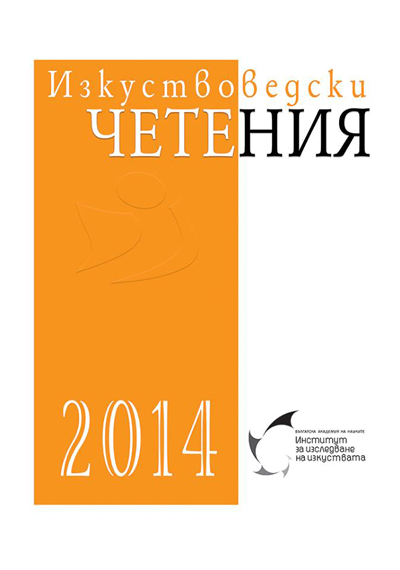
We kindly inform you that, as long as the subject affiliation of our 300.000+ articles is in progress, you might get unsufficient or no results on your third level or second level search. In this case, please broaden your search criteria.

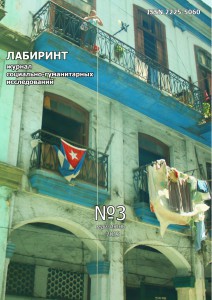
Апрельскую конференцию «Художник и музей: пути взаимодействия» в Одессе организовали совместно кафедра культурологии гуманитарного факультета Одесского национального политехнического университета и Музей современного искусства Одессы. На обеих площадках за три рабочих дня прозвучали более сорока выступлений. В целом это массив можно тематически разделить на две группы.
More...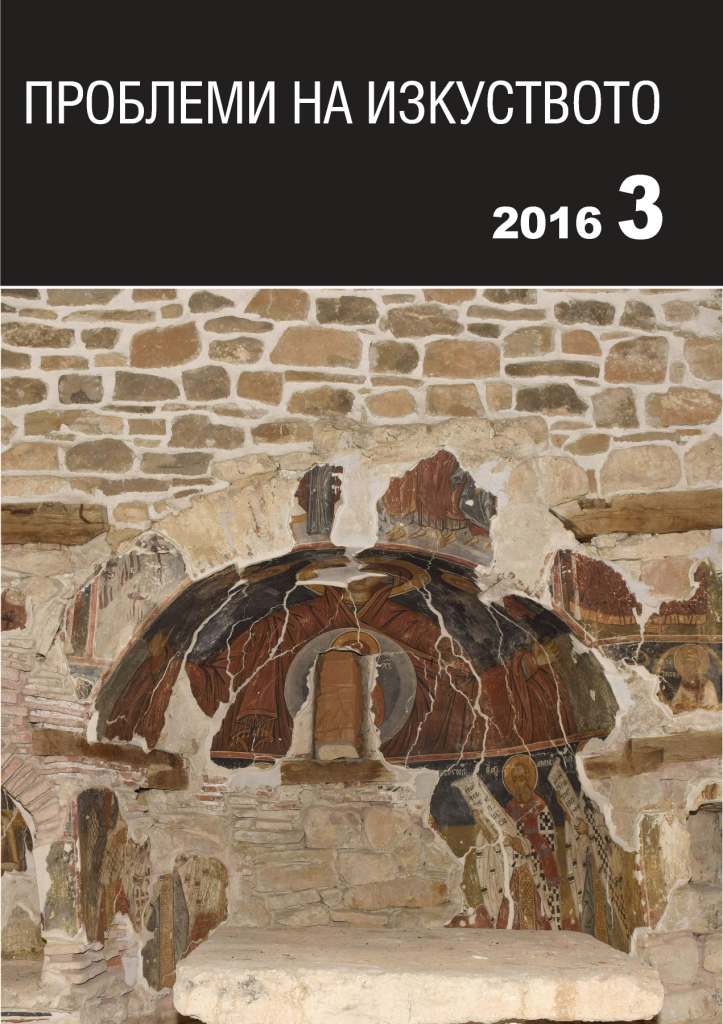
The paper focuses on the complicated interaction between text and image in fiction and poetry. Unlike literature that tries and clears readers’ minds of anything familiar, material or ‘possible’, photography is going just the other way around constantly bringing them back down to earth, binding them up with the existing. For this reason both authors and publishers oriented towards experiments and challenges would resort to it. Though there were few isolated cases in Bulgaria of photos used in book design early in the twentieth century, the earliest books intentionally designed with photographic illustrations were published as late as the 1960s, when fine art photography made its comeback in this country. In 1966, Narodna Mladezh publishing house released two dozens of books with photographic illustrations made exclusively for a series of crime and adventure novels. In 1973, Pavel Matev’s book of poetry Spoils of Silences came out with photos by Peter Bozhkov; in 1987, Labyrinth, a poetry book by Blaga Dimitrova and photos by Stanka Tsonkova-usha, was released. Though just a few, these publications show that photography and literature stand shoulder to shoulder and ‘technical pictures’ rather stimulate than put the brakes on the imagination.
More...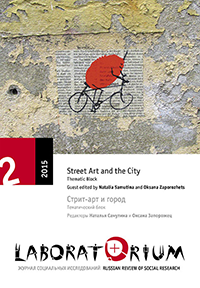
Review of: Alisa Maximova - Rafael Schacter. Ornament and Order: Graffiti, Street Art and the Parergon. Burlington, VT: Ashgate, 2014. 277 pp. ISBN 978-1-4724-0998-0.
More...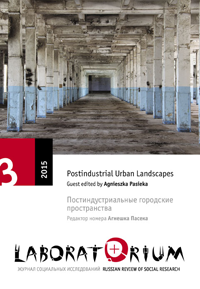
This paper discusses the functioning of an industrial museum located in New Britain, Connecticut. In the early twentieth century, New Britain was known as the Hardware Capital of the World. The curtailing and shutting down of factories, which began in the1970s, affected workers’ professional trajectories and social ties and also led to an ethnic reconfiguration of the urban realm. Conceived in the early 1990s, the New Britain Industrial Museum collects and exhibits photos and items that used or continue to beproduced in the city. Documenting the changing landscape of the industry and, through that, of the city itself, the museum emphasizes the city’s and its inhabitants’ potential. In doing so, it strives to serve as a bridge between the city’s past, present, and future. Attending to the employees’ and volunteers’ (ex-factory workers’) narratives and museum exhibits, this essay asks to what extent the museum facilitates the accommodation of postindustrial changes and to what extent it reinforces nostalgia for old times. How does it respond to the new challenges faced by the city? And how does it address new ethnic and class distinctions?
More...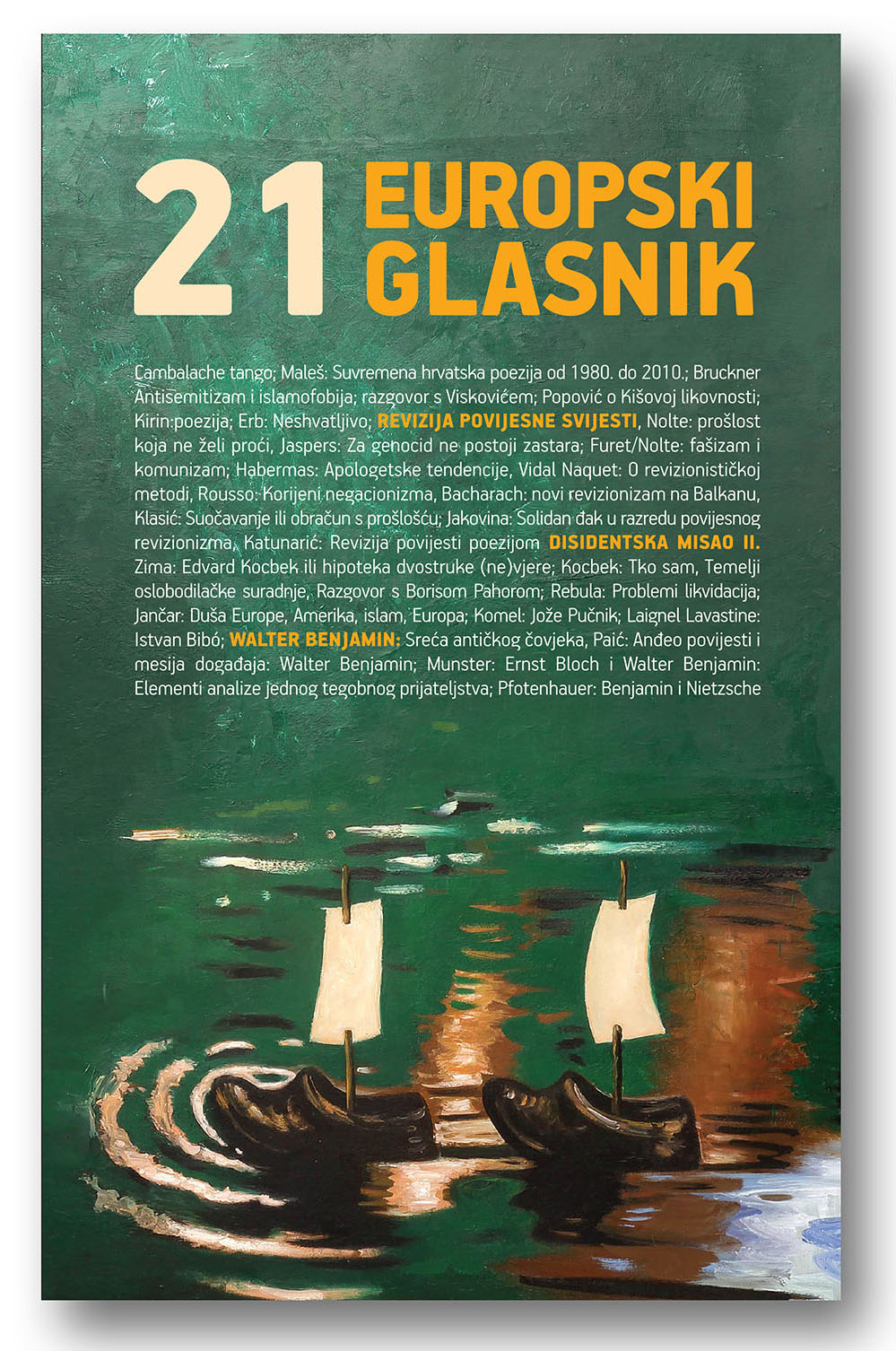
Post-antički čovjek zna možda samo za jedan duševni ustroj u kojem svoj unutarnji svijet u punoj veličini i posvemašnjoj čistoći postavlja u odnos prema cjelini prirode, kozmosa, naime bol. Sentimentalni čovjek, kako ga imenuje Schiller, može ostvariti približno čist i velik, što znači približno naivan osjećaj sebe samog samo po visoku cijenu da svoje cijelo unutarnje biće organizira kao jedinstvo odvojeno od prirode.
More...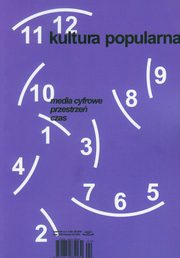
René Magritte was a Belgian surrealist painter. It is often said that it is impossible to analyze and interpret works of surrealists, because they are an illustration of realms, such as dreams and hallucinations, which cannot be seen for nobody except the artist. Even if we agree with this thesis the situation is different with Magritte and that is what I will show in the text. I am going to describe two of Magritte’s paintings: The Pleasure from 1927 and The Famine from 1948. Both these painting relate to eating or rather devouring living beings. To analyze both of this paintings, I’m going to try to show cultural context related to them in reference to religion and mythology. An important point of my analysis will be reference to the concept of meatiness. For that I’m going to use of the text by Jolanta Brach‑Czaina, The Metaphysics of meat. However, the analysis will only be an excuse to try and answer the question: is the act of eating meat only an ordinary activity or maybe something more?
More...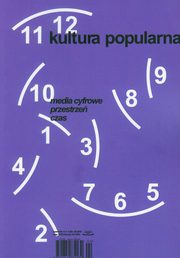
A basic attempt in this article is to analize graphic projects of Janusz Maria Brzeski for the polish publishing house “Ilustrowany Kuryer Codzienny”. Brzeski, one of the most unconventional artists in the interwar period in Poland, created layouts of two important magazines for mass public. 0e earlier one, a controversial weekly “Tajny Detektyw” (“Secret Detective”), concerned a schematic, crude content. 0e extremely dynamic and modern layout, based mainly on the photomontages and photocollages, emphasized short articles and created an effect of the organic unity with text. After magazine’s cancellation caused by the protests of the conservative elite of these days, “Tajny Detektyw” was replaced by “As” – the illustrated weekly magazine for women. 0is Brzeski’s second project was a polish equivalent to the french photojournal “Vu”. This evidential inspiration, the connection of visual strategy of the Avantgarde and popular culture points toward new perspectives for the interpretations of Janusz M. Brzeski’s artwork.
More...
The processes of digitalization and technologic revolution have caused that particular international production companies are able to use financial and technical resources –mostly multi-billion budgets and advanced technology – and subsequently they tend to smoothly apply these resources to optimize their own marketing strategies. The main goal here is related to pursuing the vision of successful sale of created media projects which are aimed at wide audiences; such a tendency also makes these media enterprises substantial parts of the very unique world of universal human values and opinions shared by the majority. This text is focused on the topic of production and distribution cycles that are typically applied by major Hollywood film production companies in order to offer mainstream movie audiences their audiovisual works. The authors examine phenomena of globalization and ‘glocalization’ in the context of promoting mainstream content by using (mostly) so-called new media. Their attention is mostly paid to particular advertising tools and propagation methods which are used by major American movie producers and/or distributors in order to deliver their contents to target (mainstream) media audiences – the platform of such marketing practices is created mainly by digital media.
More...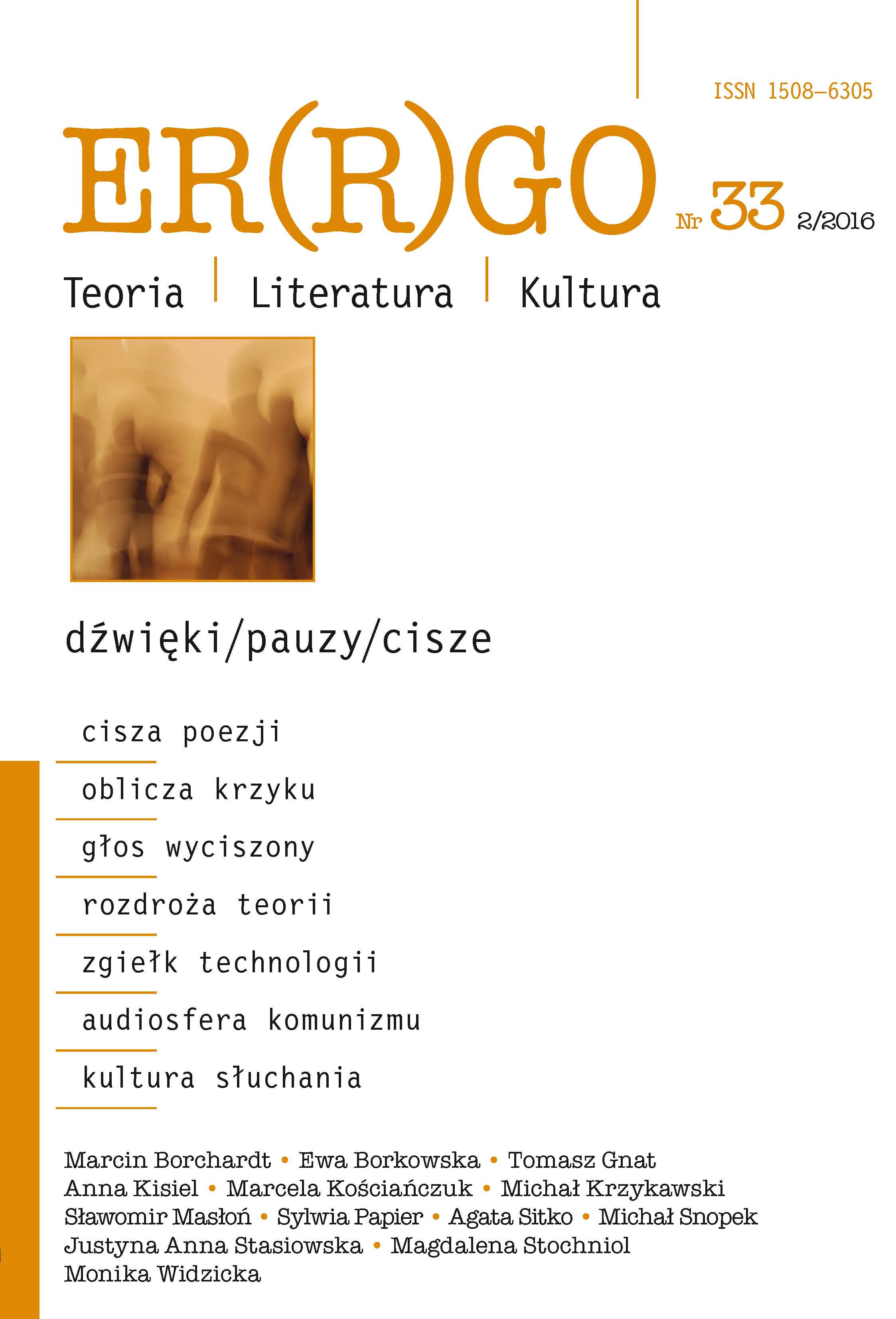
In the picture entitled “Self-portrait talking to Vince” Francesca Woodman, an American photographer, endeavoured to capture her own voice. That which had been uttered became thereby unutterable, resulting in a sequence of doodles coming out of the artist’s mouth: the chain interrupted within the frame of the photograph in its attempt to reach the listener. This picture is both the space and the reason for the confrontation of two psychoanalytical views – Lacanian and Ettingerian – on the notion of the voice. While in Jacques Lacan’s thought the voice is introduced as objet petit a, inextricably bound to the Other and desire, Ettinger – author of the matrixial theory, practising psychoanalyst, artist, feminist, and member of the Second Generation after the Holocaust – defines this concept as link a, thus emphasising the connection inspired by the prenatal encounter, its fragility and intimacy. Collating these two viewpoints and the photographic art of Woodman lets one open the potentialities of the voice in the field of visual studies and consider the relationship between this notion and the senses. Such a juxtaposition challenges the boundaries of not only photography – the medium seemingly sentenced to silence – but also theory, for which the image can provide a platform of dialogue, as it relentlessly resists the reduction to solely one perspective.
More...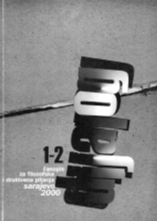
Američki filozof George Santayana napisao je da oni koji ne pamte historiju dolaze u situaciju da im se ona ponovi. Ta se poruka očigledno nastavlja na latinsku izreku da je historija učiteljica života, historia magistra vitae e st Ne smijemo je shvatiti doslovno, jer, kako kaže Milan Kundera u svojim esejima o romanu, život je uvijek složeniji od naše misli o njemu, i jedino roman može s njom da se nosi jer i ne polazi od pretpostavke da će nešto 'smisliti', ali se čini da ipak imamo pravo reći da historija nije nikada nikoga ničemu naučila, odnosno, kako je glasio slogan festivala "Zima Sarajevo 1994. godine” Historia magistra vitae non est.
More...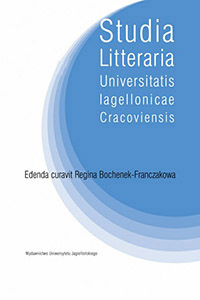
The topic of this article is the role of the Polish press in disseminating knowledge about Italian Futurism in the years 1909–1939. It is the press, both daily and more or less specialized periodicals on culture, that is the most important and unrivalled source of information on the Italian avant-garde in Poland. The collected bibliography, on which the present text is based, contains one hundred sixty-five references. The published materials can be divided into several groups: critical sketches, articles and all kinds of informative notes by Polish authors on Futurism, translations of Futurist theoretical texts, poetry and theatre, as well as reproductions of works of art, photographs and drawings portraying Futurists. From the beginning, the press commentators devoted most of their attention to the figure and activities of Marinetti. In the ’30s, the interest in Futurism was effectively fuelled by his visit to Poland in relation to the staging of his drama Prisoners in the theatre in Lviv. Painting and theatrical experiments (mainly by Prampolini) also compose a large bibliography. Besides, Futurist literary manifestos influenced the new Polish poetry, creating hot press polemics, and the language of media itself. In addition to aesthetic issues, attention was drawn to Futurist proposals to rebuild social relations and to the link between Futurism and Fascism. Among the most important promoters of the Italian movement we list two poets, Peiper and Kurek, as well as writers and translators Kołtoński and Boyé, while the most well-deserved press titles are “Wiadomości Literackie” (Literary News) and “Zwrotnica” (Switches).
More...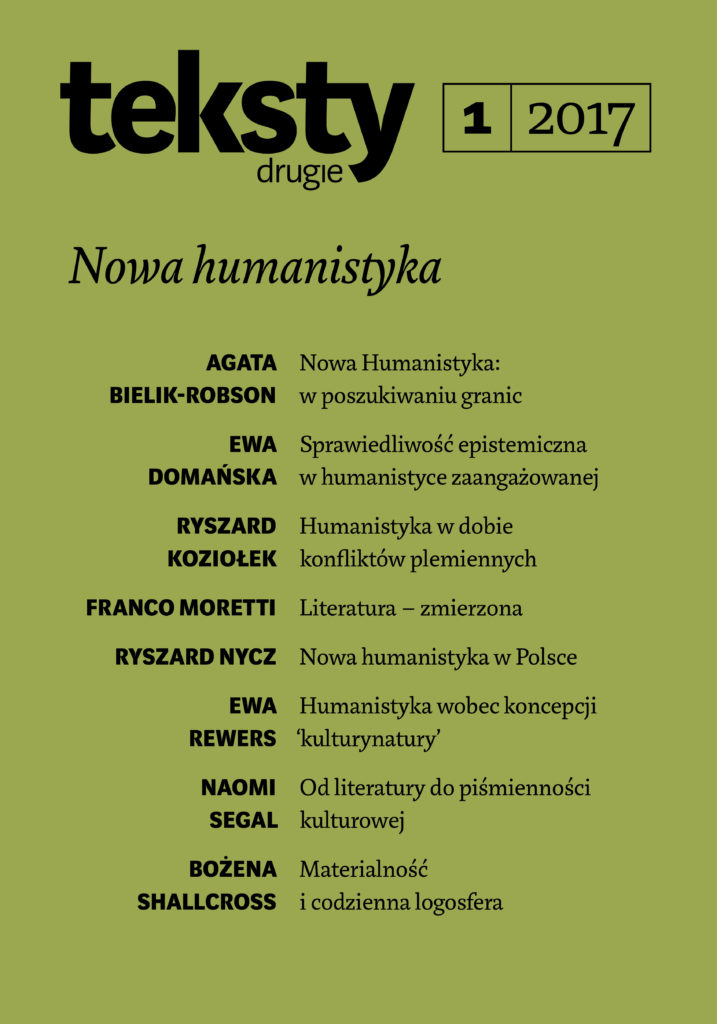
This article deals with images ‘after the human’. This expression refers not only to the material disappearance or conceptual displacement of the individual into the distant future, but also to the presentation of that disappearance here and now. Artistic (re) presentations of how the world as we know it vanishes, often described as ‘ruin porn’, have predecessors in Romantic landscape paintings or works such as Joseph Gandy’s Rotunda, which shows the Bank of England in ruins. At the same time, however, this visual practice has acquired a new modulation in the present – also called the anthropocene – as the global economic crisis and climate change became particularly intense. Żylińska broadens the time scale beyond human history in order to question the political and aesthetic frameworks through which we view and understand ourselves as humans. She also tries to imagine a post-neoliberal world.
More...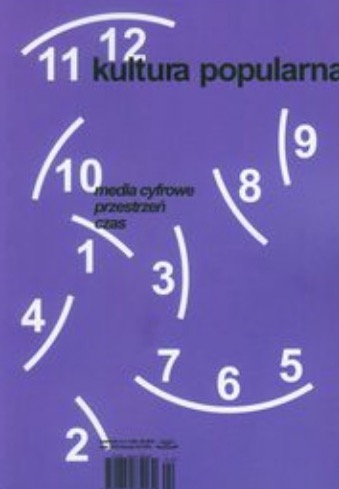
In much‐cited essay “The Pornography of Death”, Goeffrey Gorer argued that, since the twentieth century, death had exchanged positions with sex as the taboo subject. Nevertheless, its portrayals had not completely disappeared, but rather re‐appeared in the form of entertainment genre – viewed as pornographic because of its brutality, exploitation, and distance from emotions like grief. This seminal claims are updated with a discussion of the relation between taboo and pornography in the context of contemporary media images of actual death. Examining the photographic coverage of death in one of the leading national Polish newspaper (also, compared to one German and one Australian), the article follows such questions as: How confrontational is that coverage? How actually visible and present is death? Does the news media participate in or challenge modern death taboo? Is there still much to value in Gorer’s argument in this context?
More...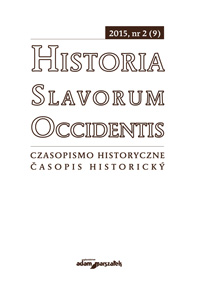
The paper examines a collection of nineteenth-century photographs housed in the Iconographic Laboratory of the Special Collections Department of the University Library in Poznań. These unique photos were taken by Regierungsrat Meydenlender in 1887. Some additional prints of Meydenlender’s photos are also kept in the Museum of the City of Poznań. Illustrating the state of preservation of the Church of the Blessed Virgin Mary in Inowrocław, showing the then damage to its walls and alternations done to the church in the course of 1900–1902 reconstruction, the photographs provide a valuable source for any conservatory works. The article explores several issues related to this barely known photographic material.
More...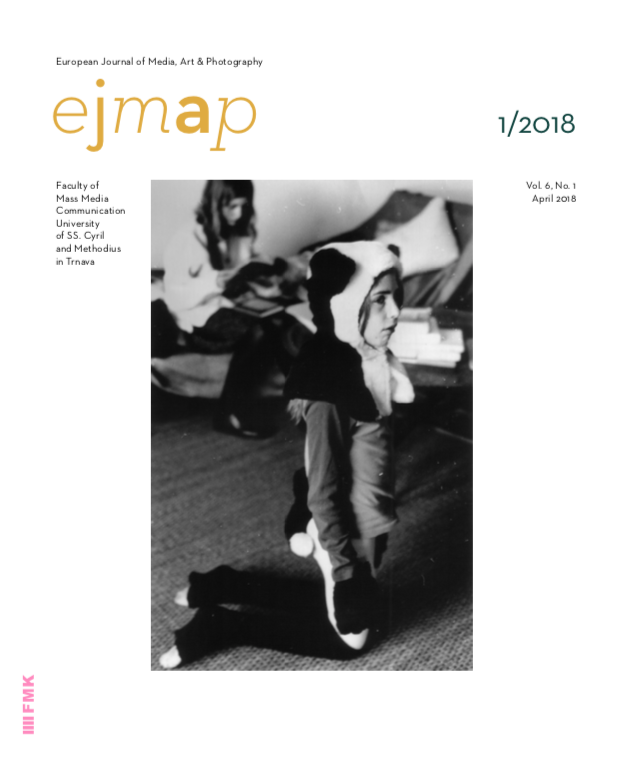
Based on an ethnographic field research conducted in the domestic and public spheres of the province of Punjab (Pakistan), this paper discusses real images (the family photos) embedded in their narrative context. It contributes towards understanding the role play by photographs both in domestic and public spheres by focusing on their function and the effect they have on the everyday lives of people and it also explores the changing dynamics of this role in a micro-social process. My contention is that displaying photographs at home or in the workplace and looking at them brings not only emotional satisfaction and nostalgia but it also functions to help one to overcome the sorrow of the passing of time entails. Our research suggests that photographs are bond up with the private lives of people and serve as a form of “home entertainment”.
More...
Projection as a technical method to produce images and artworks has been existing long enough to develop certain conventions and modes of use. The invention of cinema happened almost parallel to the development of the psychoanalysis theories of Sigmund Freud. Projection became not only a word describing a technological process, but also of a mental activity, which can take place both in the artist and the spectator. Projection became also a tool for diverse artists and filmmakers of the the art avant-gardes of the 1920s. The search for aesthetics that could reflect the state of the contemporary society was paired with the striving for social change and progress, with plans, utopias, projects of a better society. Almost 100 years later, with my own artistic practice, I reflect upon the legacy of their visions and art. How far is the contemporary society dealing with the legacy of the modernity, of the striving for productivity, effectiveness and perfection today, in the, back then envisioned and now very present future?
More...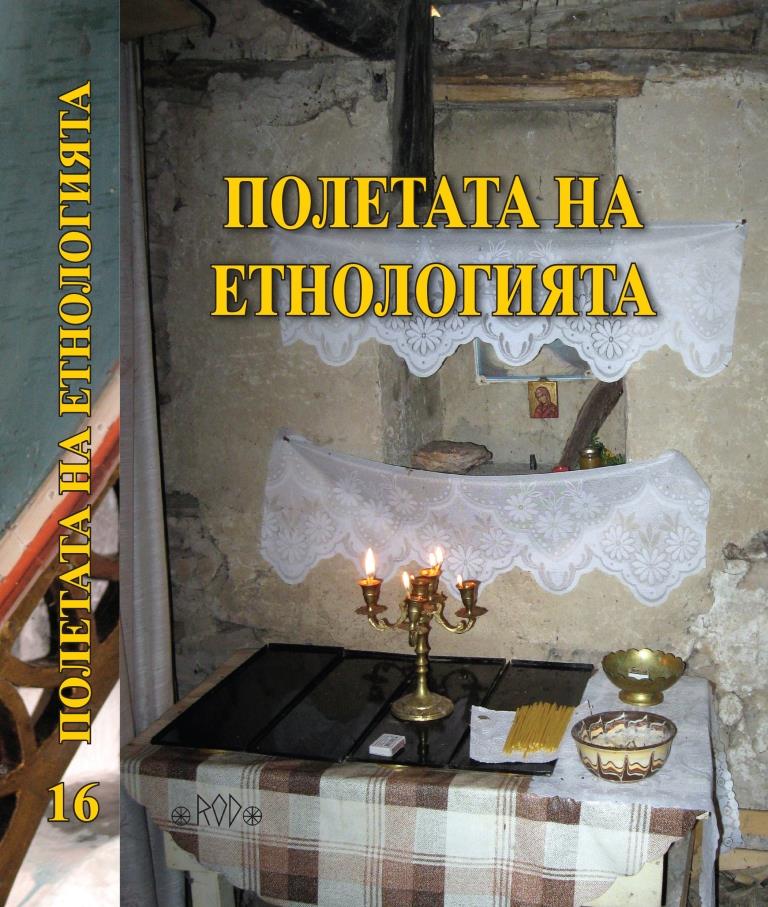
The text interprets the ethnographic film as a document and research tool of visual anthropology, as a form of preservation or renewal of memory, but also as an object of documentary filmmaking, i.e. as a visual art. By presenting of different dominants, the text defines different functionality and meaning of the ethnographic film.
More...
In 1912–1913 during the Balkan wars, after declaring of the indepen¬dence of Albania and the constitution of its new boundaries, the region of Dolni Debar was situated on the territory of Albania. The text presents the history of the population from the region according different Bul-garian sources and also the information about the realized in 2015 and 2016 two expeditions by a team of ethnologists. One of the results is an ethnographic film from the collected visual ethnographic materials. It presents the current situation in the region through the narrations of the local Christian population and through the documentation of the feast of the Transfiguration.
More...
The term “design” has already become an element of our daily vocabulary. From novelty, design has become something ordinary and ordi¬nary, losing some of its original charm unfortunately. The basic term of several professions – “design” – in the 1960s and 1970s was still an “ex¬otic” word, mainly found in some more spicy jokes, and today it is being used not only by specialists but also in everyday speech and has already become a part of the everyday vocabulary and of the most uninformed cit¬izen. Everyone says: “What design .. !!!” when a shiny new car passes by, or you see a new audio video device or a garment. Popularity often does not prevent the term from being misunderstood and the worse – interpreting quite a bit. For many journalists designers are mainly fashion cutters and seamstresses. This shows that the clarification of the emergence and semantics of this basic concept is still relevant.
More...